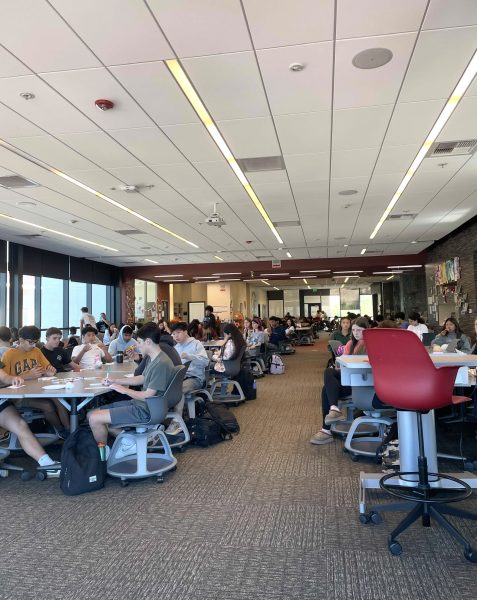Thanksgiving truths
Whether it’s the turkey and stuffing on the dinner table or being surrounded by family, Americans love their Thanksgiving.
Thanksgiving has always set the mood for people across the country for the upcoming holiday season, but where did the past-downed traditions come from?
We all know the grade school story of the Pilgrims inviting the Natives to a feast and “give thanks” for the food they were able to produce during the hard winter of 1621.
Unfortunately that’s far from the truth.
Thanksgiving wasn’t invented by the Pilgrims, they weren’t even added to the story until the late 1890s, twenty years after President Lincoln made Thanksgiving a national holiday.
In fact, the Thanksgiving that Americans talk so greatly about is actually much darker than revealed.
The first ugly truth: The natives and Europeans were not friends, by any means.
When the Pilgrims (credited in Thanksgiving) landed at Plymouth Rock, they found an abandoned Native American settlement which had a horrific tale.
The Natives Americans were introduced to diseases from other Europeans and suffered a horrible demise. Many bodies laid out on the shores of Plymouth Rock unburied. The worst thing, the Europeans couldn’t seem to be happier.
In fact, the Pilgrims (being their usual religious selves) thanked God for the plague, believing it was almost a divine right or manifest destiny that the Europeans were to take America.
Even before the Mayflower set sail, King James thanked God.
*“Almighty God in his great goodness and bounty towards us [for sending] this wonderful plague among the salvages [sic].”
The Pilgrims not only praised God for the Native’s extinction, but took from other tribes struggling for survival.
The second ugly truth: The pilgrims didn’t grow the food for their first “Thanksgiving” meal.
Despite some small Native tribes teaching some settlers to grow crops in the sand, some indeed took what wasn’t theirs. Because the Pilgrims underestimated the hardships they would face in the new world, instead of working the land, many took advantage of what they could find. They went ahead to rob food, supplies, and other necessities from the Native Americans. They even grave robbed holy graves of the Native people.
Within fifty years of the first “Thanksgiving” the Native population had been eliminated, either by the plague or murder.
Besides the horrors that took place 392 years ago, maybe the most upsetting reality about Thanksgiving is that isn’t American.
The third ugly truth: Thanksgiving isn’t about being a “True American.”
The Canadians had been celebrating a fall harvest holiday since the 1500s, and even Spanish explorers in St. Augustine (located in present-day Florida) had a huge dinner calling it “Día de Acción de Gracias ” (Spanish for Thanksgiving.)
Although the history of Thanksgiving is definitely not as pretty as many history texts paint it to be, the holiday has shaped itself into something all Americans can be proud of.
But this year, while you’re trying to eat your third piece of pumpkin pie, remember the Pilgrims and Natives, and how most stories usually hide misfortunate truths.
*This article only examines the Pilgrims credited in Thanksgiving, many Pilgrims and settlers worked with the Natives positively.
*“Lies my teacher told me” by James W. Loewen, “Squanto” by Feenie Ziner
*All information referenced from “Lies my teacher told me” by James W. Loewen and his referenced books.






